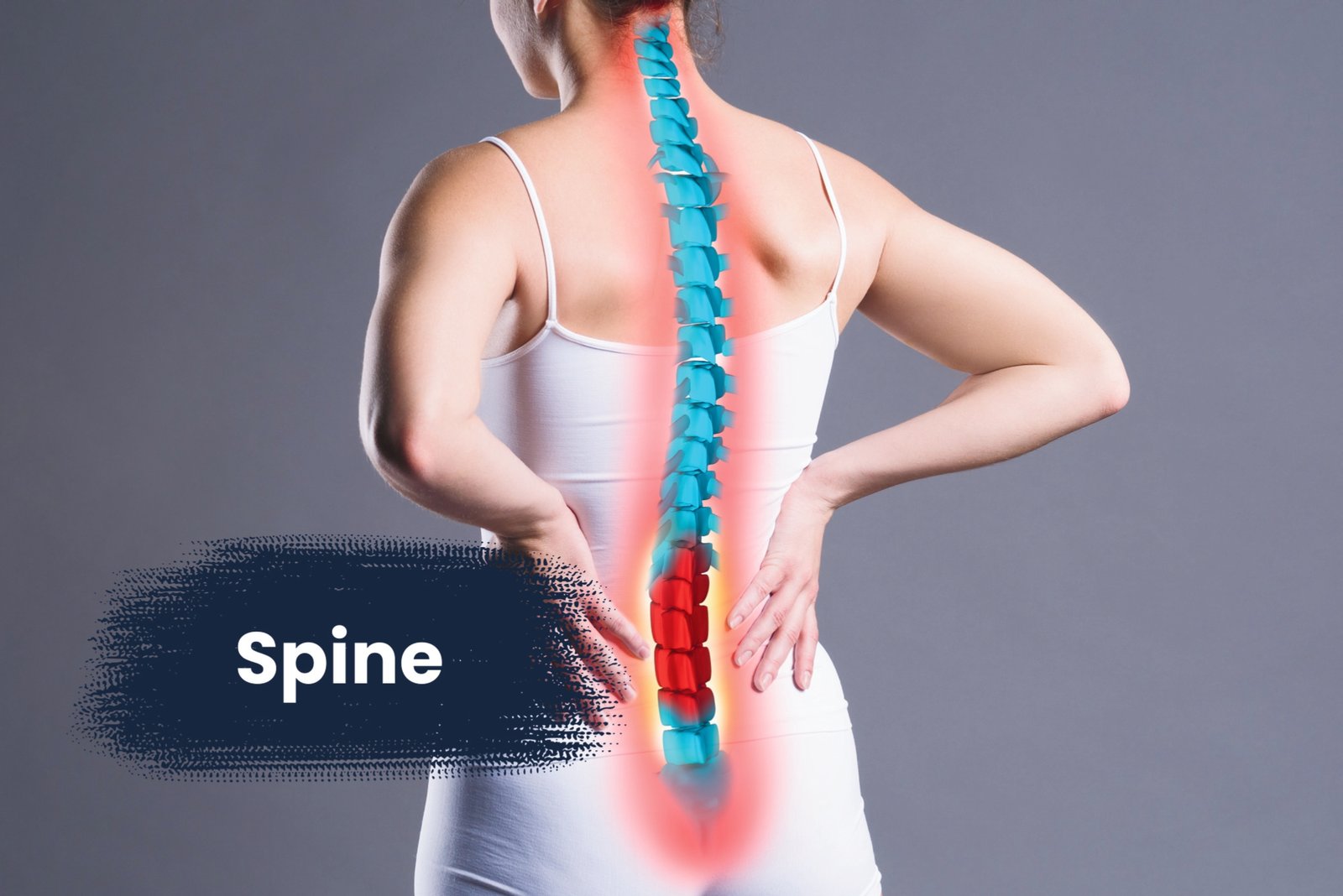The treatment of spine-related conditions can involve both surgical and non-surgical approaches, depending on the nature and severity of the problem. Here are some common methods of spine treatment:
- Non-Surgical Treatment:
- Medications: Pain relievers, anti-inflammatory drugs, muscle relaxants, and other medications may be prescribed to manage pain and reduce inflammation.
- Physical Therapy: Exercises and stretching routines designed to improve flexibility, strength, and posture can be beneficial in managing certain spine conditions.
- Activity Modification: Making lifestyle adjustments, such as avoiding certain activities or maintaining proper ergonomics, can help alleviate symptoms and prevent further damage.
- Heat and Cold Therapy: Applying heat or cold packs to the affected area can help reduce inflammation and relieve pain.
- Injections: Epidural steroid injections or nerve block injections may be used to deliver anti-inflammatory medication directly to the affected area.
- Surgical Treatment:
- Discectomy: The removal of part or all of a herniated disc that is pressing on nerves.
- Laminectomy: Removal of the lamina (back part of the vertebra) to relieve pressure on the spinal cord or nerves.
- Spinal Fusion: Joining two or more vertebrae together with the goal of stabilizing the spine and reducing pain.
- Disc Replacement: Replacement of a damaged disc with an artificial one to maintain flexibility in the spine.
- Foraminotomy: Enlargement of the passageways where nerves exit the spine to relieve nerve compression.
- Vertebroplasty or Kyphoplasty: Procedures to stabilize and treat fractures in the vertebrae, often caused by osteoporosis.
- Alternative and Complementary Therapies:
- Chiropractic Care: Manipulative therapy to align the spine and alleviate pain.
- Acupuncture: The insertion of thin needles into specific points on the body to relieve pain and improve function.
- Massage Therapy: Hands-on manipulation of soft tissues to reduce muscle tension and promote relaxation.
- Yoga and Pilates: These exercises can improve flexibility, strength, and posture.
The choice of treatment depends on factors such as the specific diagnosis, the severity of symptoms, the patient’s overall health, and their preferences. It’s crucial for individuals with spine issues to consult with a healthcare professional, preferably a spine specialist, to determine the most appropriate course of action for their specific condition.


